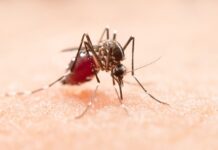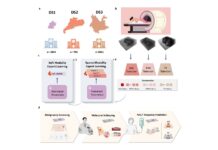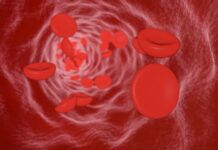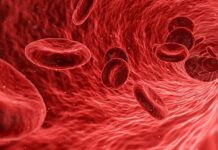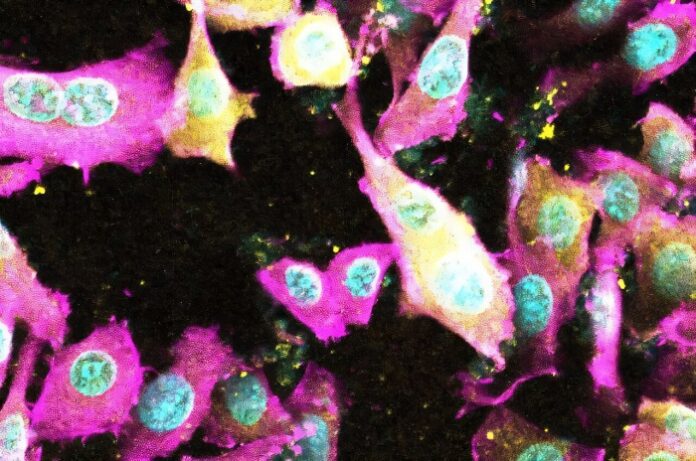Researchers at La Trobe University have discovered how a deadly strain of Escherichia coli (E. coli) causes severe diarrheal illness by attacking the gut lining. Their findings reveal, for the first time, the 3D structure of a powerful bacterial toxin that tears apart gut cells, leading to serious illness and sometimes death.
EspC: A Lethal Toxin That Dismantles Gut Cells
The study, published in Gut Microbes, focuses on a toxin secreted by enteropathogenic E. coli (EPEC)—a major cause of childhood diarrhea worldwide. This toxin, known as EspC, acts like “molecular scissors.” It destroys the internal protein structure of epithelial cells that line the gut, leading to their collapse.
Antibiotic Resistance Elevates the Threat
Professor Begoña Heras, who co-led the study, stressed the urgency of understanding this mechanism. With EPEC and other E. coli strains rapidly developing resistance to common antibiotics, new treatment strategies are desperately needed.
“Each year, 1.3 million children under five die from diarrheal diseases due to severe dehydration and electrolyte loss,” Professor Heras said. “By revealing how EspC works, we move closer to stopping these deadly infections.”
Diverse E. coli Strains, One Common Goal: Destruction
EPEC isn’t the only dangerous strain. Others, like Shiga toxin-producing E. coli (STEC), also invade gut cells using different mechanisms. STEC recently triggered a spinach salad recall due to contamination. However, EPEC remains the leading cause of diarrhea in infants and young children globally.
Currently, doctors treat these infections with broad-spectrum antibiotics. Yet, these drugs don’t discriminate between good and bad bacteria, and they accelerate resistance in E. coli and other species.
Escalating Difficulty in Treating Infections
Dr. Jason Paxman, who co-led the research, emphasized how treatment options are dwindling. “Many bacterial pathogens are now resistant to all known antibiotics,” he said. “Even when new antibiotics are developed, their use is heavily restricted because resistance often emerges within a few years.”
This broad approach to antibiotics puts pressure on multiple species at once, making resistance more widespread and harder to control.
3D Structure Discovery Opens Door to Targeted Drugs
Dr. Akila Pilapitiya, the paper’s first author and a recent Ph.D. graduate, used a multidisciplinary strategy to determine the 3D structure of EspC. She detailed how each part of the toxin contributes to its deadly function.
“This detailed structural understanding allows us to design drugs that target EspC specifically,” Dr. Pilapitiya explained. “Such precision therapies can disarm the bacteria without harming healthy gut flora.”
A Multidisciplinary Approach to Solving Global Health Challenges
As reported by phys.org, The research team, part of La Trobe’s Institute for Molecular Science (LIMS) and the School of Agriculture, Biomedicine and Environment (SABE), exemplified how collaboration across scientific disciplines leads to breakthroughs.
“Our study shows the power of interdisciplinary research,” said Professor Heras. “This approach not only enhances our understanding of dangerous pathogens like EPEC but also accelerates the discovery of targeted therapies to protect human health.”




